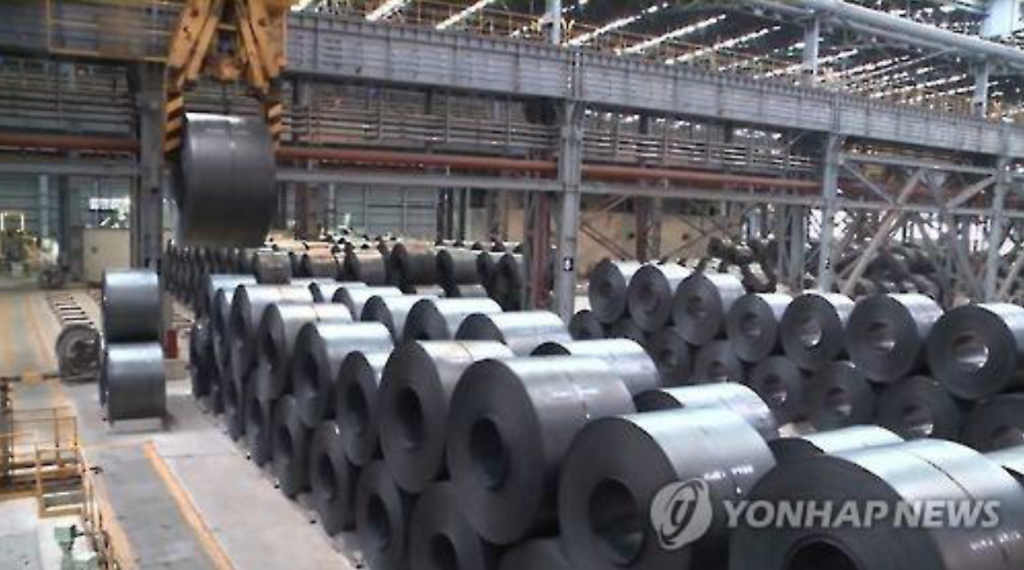
In South Korea, steel consumption in 2008 hit 61 million tons. Last year, it was 58.35 million tons. Production of crude steel, which was 71.54 million tons in 2014, fell to 69.76 million tons in 2015. (image: Yonhap)
SEOUL, Sept. 1 (Korea Bizwire) – The expected decline in the working age population in South Korea beginning next year will hit the steel and its related markets, as seen in the case of Japan, a research report said Thursday.
The report from the POSCO Research Institute projected that the construction market, which accounts for 42 percent of total steel demand, will be the hardest hit. The auto market, whose steel consumption accounted for 18.5 percent, is also likely to be affected, as well as the machinery, home appliances and metals sectors, it said.
A fall in the working age population means fewer people in their 30s to 50s, the main consumer segment of the society, according to the report, which drew comparisons from Japan.
The working age population in the neighbor country started to decline in 1996, while the size of the general population turned downward in 2010. Japan has the highest ratio of the elderly at 26.3 percent.
Steel consumption in Japan last year fell to 81 percent of what it was in 1995, the peak year. New house starts and vehicle registrations hit their highs in 1992 and have been falling together since, according to the report.
In South Korea, steel consumption in 2008 hit 61 million tons. Last year, it was 58.35 million tons. Production of crude steel, which was 71.54 million tons in 2014, fell to 69.76 million tons in 2015.
For the local car market, auto production peaked at 4.61 million in 2011 but has been stagnant at 4.5 million since, the report pointed out.
Chung Chul-ho, the lead author of the report, said the prospects of steel demand domestically and globally are both bleak in respect to the population trends.
“We need a long-term survival plan for the steel industry in order to be prepared for the shock from the population cliff,” he said.
There has to be a review of new future businesses, such as robotics, while the technological know-how of today has to be properly handed down ahead of retirement by the baby boom generation, Chung said.
(Yonhap)






